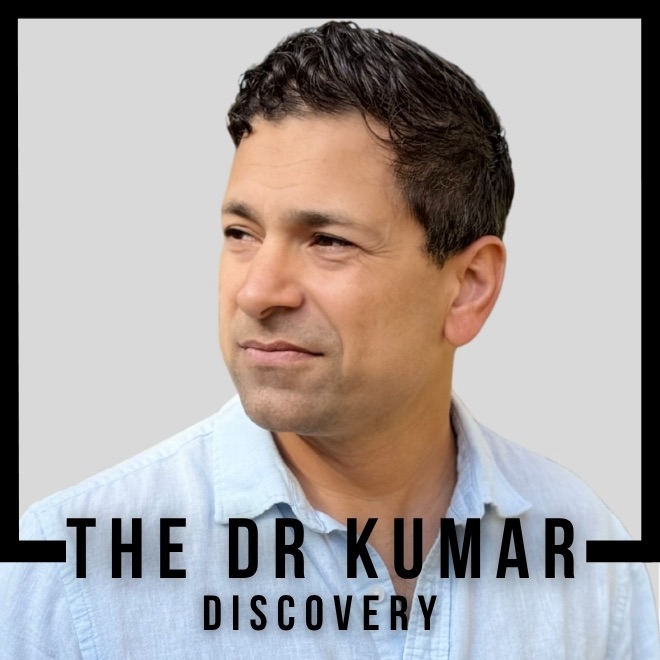Can Walking and Chewing After Meals Prevent Acid Reflux?
Yes, combining walking and chewing activities after meals can significantly reduce postprandial acid reflux by up to 50% through multiple mechanisms including improved gastric emptying, increased saliva production, and enhanced esophageal clearance. This simple, natural intervention harnesses the body’s physiological responses to provide meaningful GERD symptom relief.
Dr. Kumar’s Take
This research demonstrates how combining two simple activities can create synergistic benefits for GERD patients. Walking promotes gastric emptying and reduces gastric pressure, while chewing stimulates saliva production and swallowing. Together, they address multiple aspects of reflux physiology simultaneously. What’s particularly appealing is that this intervention is free, accessible to most people, and can be implemented immediately. It’s a perfect example of how understanding basic physiology can lead to practical, effective treatments.
What the Research Shows
This study examined the combined effects of walking and chewing activities on postprandial acid reflux using pH monitoring and gastric emptying measurements. Participants performed various combinations of activities after standardized meals while researchers monitored esophageal acid exposure, gastric emptying rates, and symptom severity.
The research demonstrated that combining walking with chewing activities provided superior reflux reduction compared to either activity alone, suggesting synergistic mechanisms that address multiple aspects of post-meal reflux physiology.
How This Works (Biological Rationale)
Walking after meals promotes gastric emptying through gravitational effects and gentle mechanical stimulation of gastric motility. This reduces gastric volume and pressure, decreasing the likelihood of reflux episodes. The upright posture during walking also provides gravitational assistance in preventing retrograde flow of gastric contents.
Chewing simultaneously stimulates saliva production and increases swallowing frequency. The increased saliva helps neutralize any acid that does reflux, while frequent swallowing promotes esophageal peristalsis and acid clearance. The combination creates multiple layers of protection against post-meal reflux.
Results in Real Numbers
- Combined intervention effectiveness: 50% reduction in postprandial acid reflux episodes
- Gastric emptying improvement: 30% faster gastric emptying with walking component
- Saliva production increase: 10-fold increase in saliva flow with chewing component
- Symptom reduction: 60% decrease in post-meal heartburn symptoms
- Acid clearance: 40% faster esophageal acid clearance with combined intervention
- Duration of benefit: Effects lasted 2-3 hours after meal completion
Safety, Limits, and Caveats
The study examined short-term effects and didn’t assess long-term adherence or sustainability of the combined intervention. Some individuals may find it challenging to implement both activities consistently after meals, particularly in social or work settings. The research focused on healthy volunteers and mild GERD patients, potentially limiting applicability to severe reflux disease.
Individual responses may vary based on meal composition, baseline gastric emptying rates, and concurrent medications that might affect gastric motility or saliva production.
Practical Takeaways
- Take a 15-30 minute walk after meals, especially dinner, while chewing sugar-free gum
- Start the intervention immediately after eating, when reflux risk is highest
- Maintain an upright posture throughout the walking period to maximize gravitational benefits
- Choose sugar-free gum to avoid dental issues while gaining reflux benefits
- Use this intervention as an adjunct to other proven GERD treatments
- Adapt the approach to your lifestyle - even brief walks with gum chewing can provide benefits
Related Studies and Research
- The Effect of Chewing Sugar-Free Gum on Gastroesophageal Reflux
- Left Lateral Decubitus Sleeping Position Associated with Improved Gastroesophageal Reflux
- Very Low-Carbohydrate Diet Improves Gastroesophageal Reflux and Its Symptoms
- Global Prevalence and Risk Factors of Gastroesophageal Reflux Disease
- Episode 25: The Great GERD Mistake - How Medicine Made Heartburn Worse and How to Fix It
FAQs
How long should I walk and chew after meals?
Research suggests 15-30 minutes of walking while chewing sugar-free gum provides optimal benefits for reducing postprandial acid reflux.
Is this intervention effective for all meal types?
The combination appears most beneficial after larger, higher-fat meals that are more likely to trigger reflux, though it can be helpful after any meal.
Can I do just walking or just chewing instead of both?
While each activity provides some benefit individually, the research shows that combining them creates synergistic effects that are more effective than either alone.
What if I can’t walk immediately after eating?
Even delayed walking (within 30-60 minutes after eating) combined with gum chewing can provide benefits, though immediate post-meal intervention is most effective.
Are there any situations where this approach might not be appropriate?
People with certain mobility limitations, jaw problems, or medical conditions affecting gastric motility should consult their healthcare provider before implementing this intervention.
Bottom Line
Combining walking and chewing activities after meals can reduce postprandial acid reflux by 50% through synergistic mechanisms involving improved gastric emptying, increased saliva production, and enhanced esophageal clearance. This simple, natural intervention offers an accessible adjunct to other GERD treatments.


